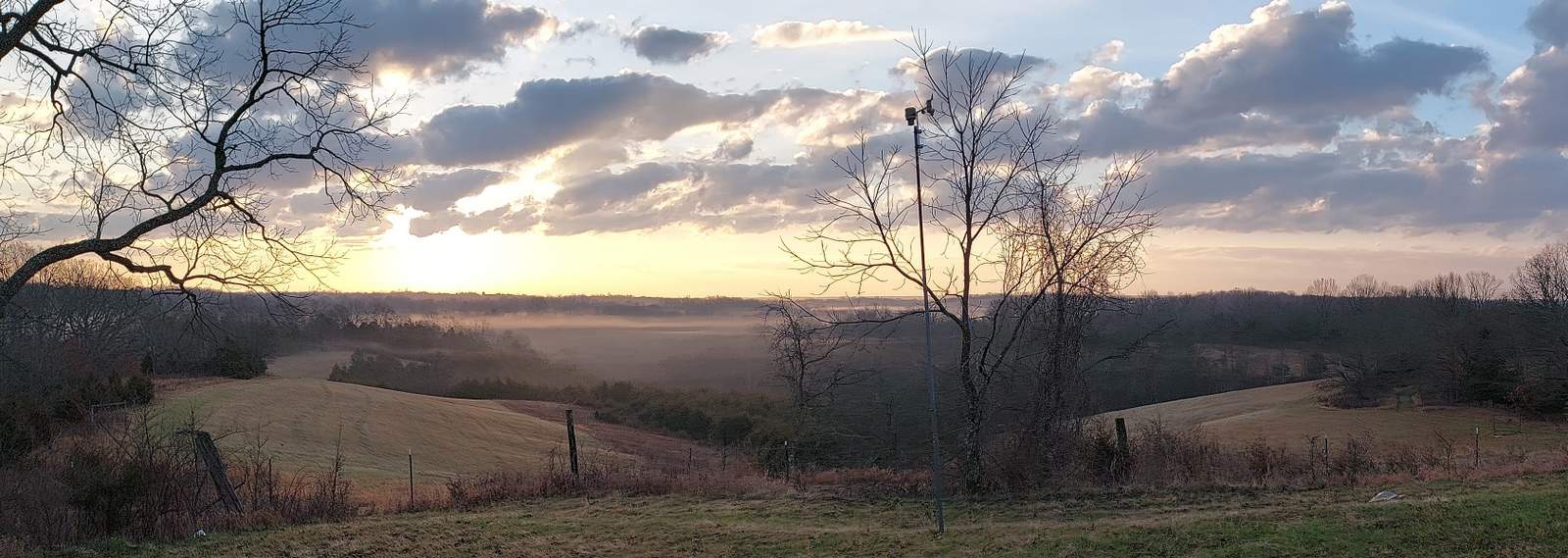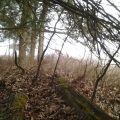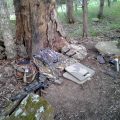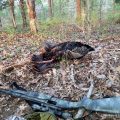Advice to a guy that’s new to calling
Remember that by most professionals’ estimates calling is only about 20% of the game when it comes to turkey hunting. Scouting is by far the most important part of the game. If the birds have a mind to fly down to one side of the roost and walk off and you’re on the other side that morning, no amount good calling will change that most days. Most days, a gobbler wants you to come to him, not the other way around. You’re trying to turn nature on its head a little by bringing the gobbler to you.
Second: remember that the best turkey callers are not the best turkey hunters. Most turkeys would not win a contest.
Third: You never know what’s going to turn a gobbler’s head, but whatever it is, it will have to have the right rhythm. Brian makes some terrific calls, but if your rhythm sounds wrong they will never call in a bird. With the right rhythm some of the worst sounding calls will bring a gobbler on the run. That rhythm comes from listening to wild turkeys, either in the field or on a good CD. For the latter, I recommend the “Spittin’ Feathers” series. I throw that in my car and drive to work with it this time of year. Once I have that rhythm in my head, I’m good for the season.
Last: A mouth call is great, because it keeps both hands free. Even if you do all your other calls on a scratch pot or a box or whatever, it really helps to be able to at least cluck with a mouth call. That will bring them in those last few yards after your gun is up. Yelping and purring and all the others are great on a mouth call, but clucking is the most important.
Here’s my Turkey Tip for the Week: (Actually, I’ve been spouting it for about 6 months now) For a beginner, fly-down is a low-odds situation. Better than 50% of the birds successfully hunted are taken well after the birds come off the roost. Few rookies ever bag a bird unassisted from the roost. My advice is this: locate your roosted birds, but hang back and find out which way they are going and then move to intercept them. You can still listen to them during fly-down, but plot your hunt for a mid-morning ambush. In this way, you do not have to risk screwing up by walking through the woods in the dark with a flashlight, and getting set up too close.
This post has already been read 448 times!
Views: 0









Comments
Advice to a guy that’s new to calling — No Comments
HTML tags allowed in your comment: <a href="" title=""> <abbr title=""> <acronym title=""> <b> <blockquote cite=""> <cite> <code> <del datetime=""> <em> <i> <q cite=""> <s> <strike> <strong>